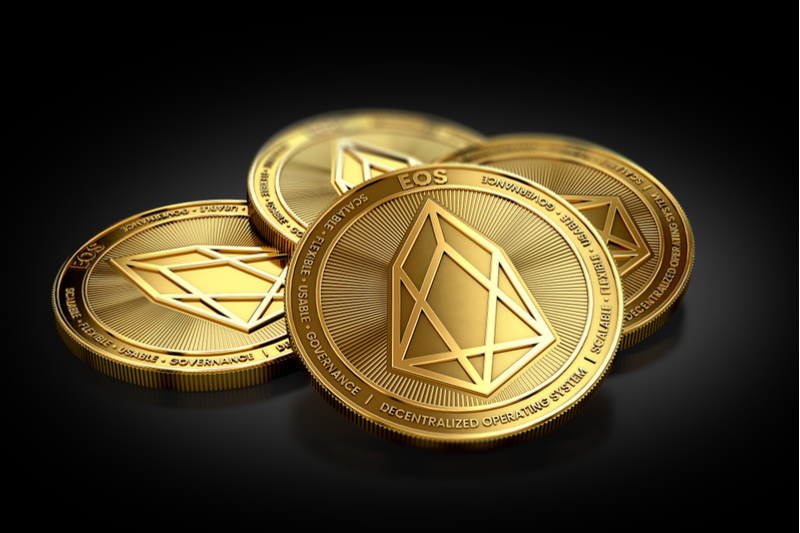
The proposal received a super majority consensus from EOS Network block producers and is set to be deployed on June 1, according to a press release.
Key features of the new model include a transition from an inflationary token supply with a 10 billion maximum cap to a fixed supply of 2.1 billion tokens. This should help eliminate inflation and establish a more predictable economic environment.
Moreover, the Fully Diluted Value (FDV) of EOS will be reduced by 80%, which is expected to enhance the long-term value for EOS holders.
The model also introduces four-year halving cycles to control the release of new tokens into the market. Funding will be allocated to support middleware operations, focusing on improving the usability of EOS to bridge the gap between web2 and web3 experiences.
An allocation of 350 million EOS will be set aside to support the RAM market, ensuring ample supply and liquidity provision. The RAM market currently has a cap of $300 million.
Furthermore, high-yield staking rewards and adjustments to the staking lockup period will be introduced to incentivize long-term commitment and active participation in the network.
Yves La Rose, Founder and CEO of the EOS Network Foundation, stated that the new tokenomics model represents a major milestone for the EOS community. He believes the changes will stabilize the token economy and promote active participation and growth within the network.
“The new model effectively aligns the interests of various actors within the EOS ecosystem. By introducing protocol-level yield and establishing a network treasury, we are creating a framework where incentives are designed to support positive long-term growth,” La Rose told Investing.com.
“This new structure encourages stakeholders to lock up their EOS, contributing to network stability and fostering a collaborative environment aimed at driving innovation and prosperity for the entire community.”
Established in 2021, the EOS Network Foundation supports an open technology environment through stakeholder engagement, community programs, and ecosystem funding. The EOS Network is a third-generation blockchain platform powered by the EOS VM to enable near-feeless transactions and support Web3 applications.
In 2022, EOS, Telos, WAX, and UX Network joined forces to take control of the development of the EOSIO protocol core code, which supports each of these blockchains. As part of this alliance, the coalition now leads the development of the community-run blockchain protocol known as Antelope.
To read the full article, Click Here
